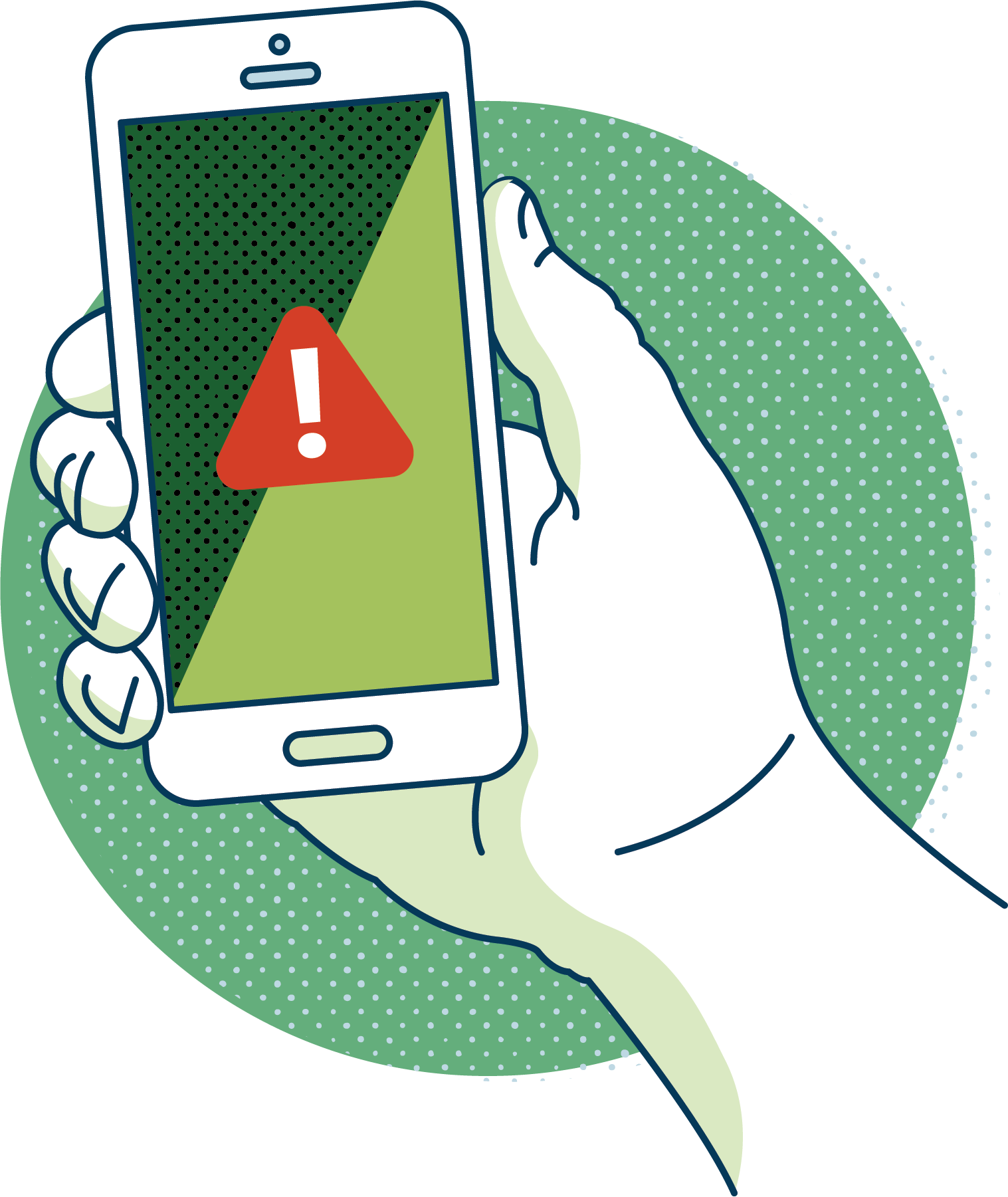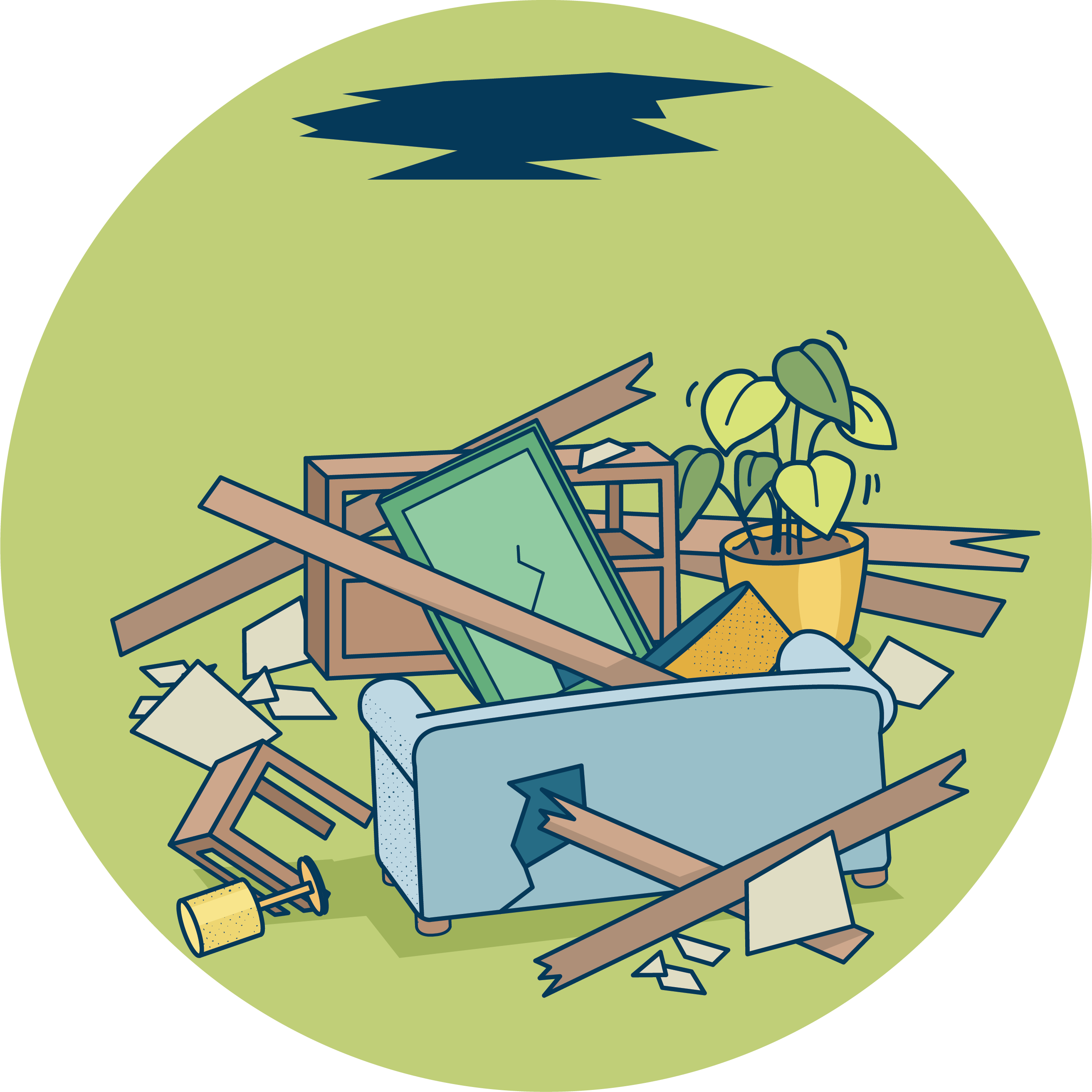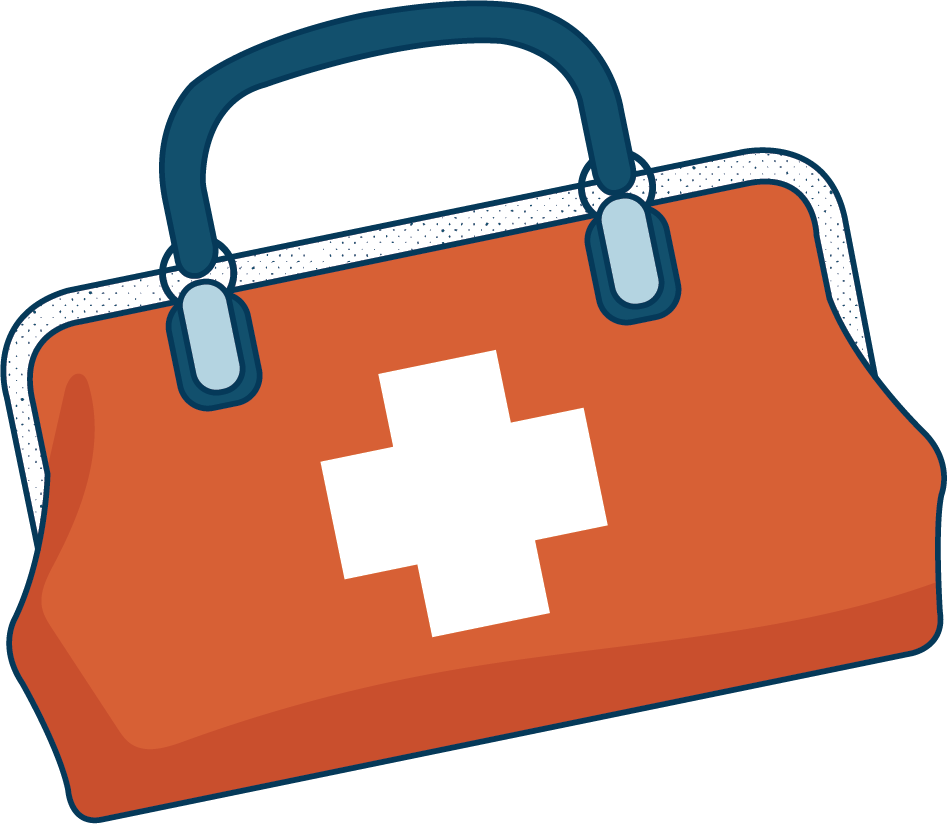Know
South Carolina is one of the most seismically active states in our part of the country. Unlike some disasters, earthquakes cannot be predicted, and normally, there is no time for evacuation. You should know what to do immediately when the ground starts to shake. Planning ahead is the key. Identifying potential hazards ahead of time can reduce the dangers of serious injury or loss of life.

When The Ground Moves
Drop
The first thing to do when you feel an earthquake is to DROP down to the ground.
People with Functional Needs:
If you are able, drop to the ground immediately. If you use a wheelchair, lock your wheels. If you have other mobility impairments and cannot drop, stay where you are and make yourself as low as possible.
Cover
COVER your head and neck with one arm and hand, and if a sturdy table or desk is nearby, crawl underneath it for shelter. If that isn’t possible, crawl next to an interior wall and protect your head and neck with your arms. Avoid dangerous spots near windows, hanging objects, mirrors, or tall furniture. With your head protected by your arms, stay on your knees and bend over to protect your vital organs.
People with Functional Needs:
Cover your head and neck with your arms, and if able, seek shelter by getting under a sturdy desk or table. If you’re unable to do that, make sure to stay as low as possible, protecting your head and neck with your arms, a book, or a pillow.
Hold On
If you take cover under a sturdy piece of furniture, HOLD ON to it with one hand, and continue to protect your head and neck with the other hand. Be prepared to move with the shelter, and hold the position until the shaking stops and it is safe to move. If there is no shelter, hold on to your head and neck with both arms and hands until the shaking stops.
People with Functional Needs:
If under a shelter, hold on to it with one hand, and protect your head and neck with the other hand. Hold your position until the shaking stops, and remember to protect your head and neck with your arms. Don’t try to leave until the shaking is over.
Remember, you may need to adapt your response depending on your personal situation and abilities. The Earthquake Country Alliance has developed detailed instructions on different ways to stay safe during an earthquake, and you can find them here.
Tips For Every Situation
An earthquake can occur wherever you are with little to no warning. Know how to protect yourself as quickly as possible in any situation to maximize your chances of survival with minimal injuries. Always try to make sure your head and neck are protected during a major earthquake.
Inside a High-Rise Building
When in a high-rise building, move against an interior wall if you are not near a desk or table. Protect your head and neck with your arms. Do not use the elevators.
Outdoors
When outdoors, move to a clear area away from trees, signs, buildings, or downed electrical wires and poles.
On a Sidewalk Near Buildings
When on a sidewalk near buildings, duck into a doorway to protect yourself from falling bricks, glass, plaster and other debris.
While Driving
When driving, pull over to the side of the road and stop. Avoid overpasses and power lines. Stay inside your vehicle until the shaking stops.
Inside a Crowded Store
When in a crowded store or other public place, move away from display shelves containing objects that could fall. Do not rush for the exit.
In a Stadium or Theater
When in a stadium or theater, stay in your seat, get below the level of the back of the seat and cover your head and neck with your arms.
Moments of Magnitude and Intensity
Modern day seismologists use many measurements to gauge the scope and scale of an earthquake. Magnitude is the most common measure of an earthquake's size. The United States Geological Survey currently reports earthquake magnitudes using the Moment Magnitude Scale, though many other magnitudes are calculated for research and comparison purposes. This scale is where most earthquake reports get the numbered magnitude (2.0, 4.1, 7.3, etc.). The Richter scale is an outdated method for measuring magnitude and is no longer used.
Intensity is a measure of the shaking and damage caused by the earthquake; and is often determined largely by people’s observations of what they felt and of any damage that occurred. Although numerous intensity scales have been developed over the last several hundred years to evaluate the effects of earthquakes, the one currently used in the United States is the Modified Mercalli (MM) Intensity Scale. Written as a roman numeral, intensity can vary depending on a person’s location in relation to the epicenter of an earthquake, while magnitude does not change. (source: USGS)

Magnitude
Experience
Shaking

Magnitude
Experience
Shaking

Magnitude
Experience
Shaking

Magnitude
Experience
Shaking

Magnitude
Experience
Shaking

Magnitude
Experience
Shaking

